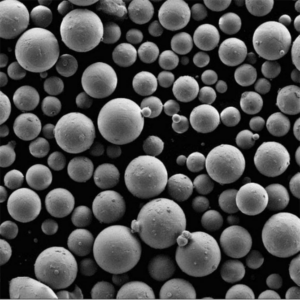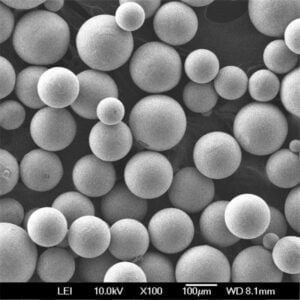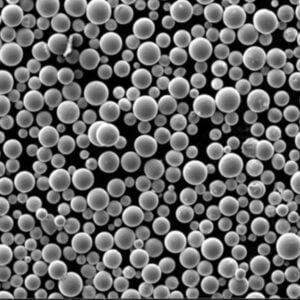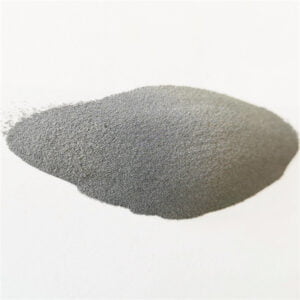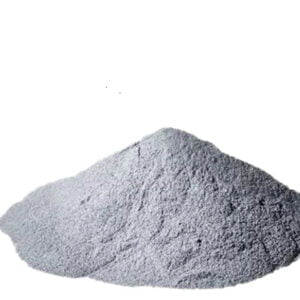チタン金属粉
目次
チタン金属粉 冶金学は、高い比強度、耐食性、生体適合性を兼ね備えた高度な軽量構造部品の製造を可能にします。このガイドは、チタン粉末の製造方法、特性、合金化戦略、用途、仕様、価格、代替金属との比較をカバーしています。また、特性を最適化するためのチタン粉末の加工に関する研究の方向性と専門家の推奨も含まれています。
概要
チタン金属粉末の主な特性は、航空宇宙から医療に至るまで、あらゆる産業で役立っています:
- 金属元素の中で最も高い強度対重量比
- 完全な生体適合性と非毒性
- 耐塩水性、耐水性、耐生理的腐食性
- 極低温から600℃まで熱的に不活性
- 競合する高強度合金よりも延性が高い
- 粉末床溶融3Dプリンティングの互換性
- 軽量コンポジットと補強構造を可能にする
チタン粉末冶金の継続的な開発により、整形外科用インプラント、航空宇宙部品、自動車システム、そしてチタンの本質的な利点を活用した多くの一般的なエンジニアリング用途で、より大きな印刷部品が可能になりました。
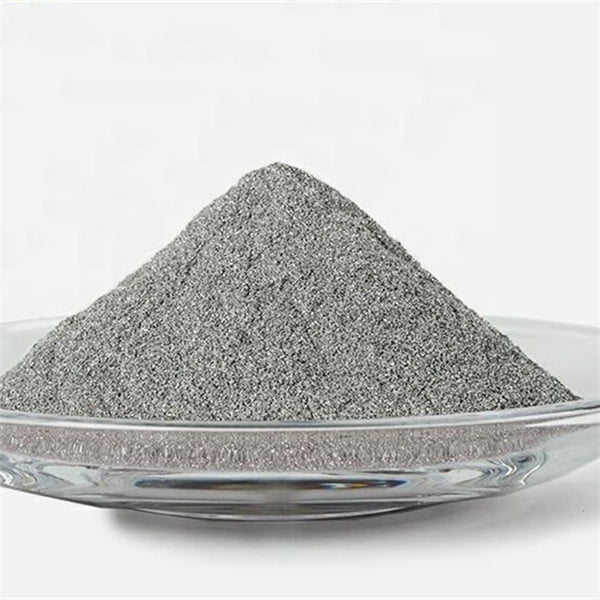
チタン金属粉 構成
市販の純チタンは、酸素や鉄の不純物が少ない99%以上のチタンから構成されています:
| エレメント | 重量 % | 役割 |
|---|---|---|
| チタン(Ti) | 99.5%+ | 耐食性、強度 |
| 酸素 (O) | <0.20% | 汚染物質 - 延性を低下させる |
| 鉄(Fe) | <0.30% | 汚染物質 - 耐食性を低下させる |
| 窒素(N) | <0.03% | 汚染物質-脆化の原因 |
| カーボン(C) | <0.10% | 汚染物質 - 接合を低下させる |
チタンは反応性が高いため、天然に純粋な形で存在することはありません。しかし、いったん抽出され、粉末に精製されると、高性能部品の製造に適した卓越した特性を発揮します。
特徴と特性
- 高い 張力 - 490 MPa
- 密度 - 4.5 g/cm3
- 融点 - 1668°C
- 熱膨張率 - 8.6 μm/(m.K)
- 電気抵抗率 - 420 nΩ.m
- 熱伝導率 - 21.9 W/(m.K)
- 生物毒性のない常磁性体
- 優れた生体適合性
これらの特性は、次に述べるように、粉末製造段階での不純物管理に強く依存する。
チタンパウダーの製造方法
アームストロング・プロセス
- 不活性雰囲気下で四塩化チタンをナトリウム/マグネシウムで還元する。
- アディティブ・マニュファクチャリングに適した低間充てん元素粉末を容易にする
水素化物-脱水素化物(HDH)プロセス
- スポンジチタンを球状粉末にする最も一般的な方法
- コストは低いが、酸素ピックアップの最適化が必要
| ステップ | 詳細 |
|---|---|
| 原料 | チタンインゴットまたはスポンジ |
| ハイドライド | Tiと水素を反応させて脆いTiH2を作るプロセス |
| ミーリング | ハイドライドを微粉末に粉砕する |
| 脱水 | TiH2から慎重に水素を取り除く |
| コンディショニング | 乾燥、ブレンド、粒度分布調整 |
| 最終テスト | 化学分析、粒度分布、形態検査 |
主な特徴
- 粒子径は15ミクロンから150ミクロンまで調整可能
- 球形に近い形態といくつかの衛星
- 酸素と窒素の不純物レベルを低く管理
- 安定化熱処理による表面酸化の最小化
- 水素化物粉末の混合によるカスタム化学配合が可能
次のセクションでは、チタン粉末を最終用途の部品やコンポーネントに統合するためのいくつかのアプローチを紹介します。
アプリケーション チタン金属粉
アディティブ・マニュファクチャリング
- レーザー粉末床溶融法を用いた複雑形状の3Dプリント
- 航空宇宙および医療用インプラント(整形外科用膝/股関節など
- 機械加工部品の軽量化
粉末射出成形
- ファスナーのような小型部品の大量ネットシェイプ
- チタン製ハードウェアへのコスト効率の良い統合
金属射出成形
- 肉厚の薄いチタン製小型複雑部品
- 耐食性のバルブと継手
粉末冶金プレスと焼結
- カプセル化チタンの熱間静水圧プレス加工
- 骨内成長面のような多孔質構造
溶射
- 耐摩耗性・耐食性チタンコーティング
- メタリックコーティングによる磨耗部品の再生
エマージング:ポリマー接着剤を使用したバインダージェット3Dプリンティングと、現在開発中の超音波圧密およびコールドスプレー積層造形技術。
次に、特注チタン粉末の注文に使用される一般的な仕様の詳細を概説します。
チタンパウダー仕様
工業用として市販されているチタン粉末は、確立された品質基準に適合している:
| パラメータ | 代表値 |
|---|---|
| 粒度分布 | 10 μm~150 μm |
| 粒子形状 | 主に球形 |
| タップ密度 | 2.2 g/cc~3.0 g/cc |
| 見かけ密度 | 1.5 g/cc~2.0 g/cc |
| 純度 | 99.7%チタン含有量 |
| 酸素不純物 | <2000ppm未満 |
| 窒素不純物 | <150 ppm |
| 水素不純物 | <100 ppm |
| 流動性 | ドライコーティングによる改善 |
粒子工学 - 小さい方が難しいが良い。100ミクロンより大きいと欠陥が生じる危険性がある。
純度 - 特性にとって重要であり、生産ルートに依存する。
パウダー特性 - 圧密技術および希望する材料性能に適合。
大幅なカスタマイズが可能だが、MOQバッチの確約が必要。供給パートナーシップはアプリケーション開発を促進する。
チタン粉末加工の洞察
微細なチタン粉末の取り扱いには、安全管理が必要な燃焼リスクがある:
- 保管および取り扱いには不活性ガス用グローブボックスを使用する。
- 発火源の近くに大量に保管することは避ける。
- 静電気を逃がすために機器を電気的に接地する。
- 専用の真空・換気システムを採用
- 水素化物のような反応性中間体を熱的に保護する
- 材料の反応性を考慮し、厳格な安全プロトコルに従うこと。
次のセクションでは、チタンパウダーを取り巻く経済性について検討する。
チタンパウダーの価格分析
| 製品 | 価格帯 |
|---|---|
| R&DグレードのTi粉末 | $800+/kg |
| 工業用 | $100+/kg |
| 航空宇宙グレード | $200+/kg |
| メディカルグレード | $500+/kg |
粉体製造の経済性は、付加的な材料価値に比して完成部品のコストを支配している。しかし、軽量化の可能性は、航空、宇宙、レーシングモビリティ用途への採用を正当化する。
生体適合性認証のための厳しい化学的要件が医療用価格水準を引き上げる。高窒素のため、骨と接触するインプラントデバイスには適さない。
供給パートナーシップと適格なLTAの取り決めは、輸出管理されたスポンジチタンのコストにおける変動する原材料の変動を安定させ、最良の価格を確保するのに役立ちます。
代替品との比較
チタンは、鋼鉄、アルミニウム合金、マグネシウム、高度な複合材料と競合している:
| 素材 | 引張強度 | 密度 | 耐食性 | 生体適合性 | コスト |
|---|---|---|---|---|---|
| チタン Ti64 | 高い | ライト | 素晴らしい | 素晴らしい | $$$ |
| ステンレススチール316L | ミディアム | 重い | グッド | フェア | $ |
| Al 6061 | ミディアム | ライト | 貧しい | グッド | $ |
| CoCr合金 | 高い | 重い | 素晴らしい | 毒性リスク | $$ |
| Mg AZ91 | 低い | 最軽量 | フェア | グッド | $ |
| ピークポリマー | ミディアム | 低い | 素晴らしい | バイオ不活性 | $$$ |
チタンの利点
- 最高の重量強度比
- 完全な耐食性
- 証明された生体適合性
- 利用可能な供給インフラ
チタンの限界
- 設計形状に対する高い感度
- トリッキーなバーンアウトとデバインディング
- 反応性粉体の取り扱いには管理が必要
- 比較的高価な原料価格
これらの技術的および商業的トレードオフを理解することは、チタン粉末冶金から最も恩恵を受ける理想的なアプリケーションを特定するのに役立ちます。
研究開発の見通し
チタン粉末を改良するための新たな取り組みには、以下のようなものがある:
合金デザイン
- 皮膚インプラント用カスタマイズ組成物
- エキゾチック元素をブレンドした高エントロピー合金
モデリング
- 熱処理中の組織変化の予測
- 粉体再利用限界の特性化
AMプロセス
- バインダージェット印刷とマイクロ波焼結
- コールドスプレー高密度化を組み合わせたハイブリッド製造
パウダー製造
- ハイドライドを使用しない静電球状化法
- 再利用による低コストのチタン粉末ブレンド
アプリケーション
- 航空宇宙用タービン・プロトタイプの認定
- 電子機器熱管理装置
- 無段変速ギアボックス
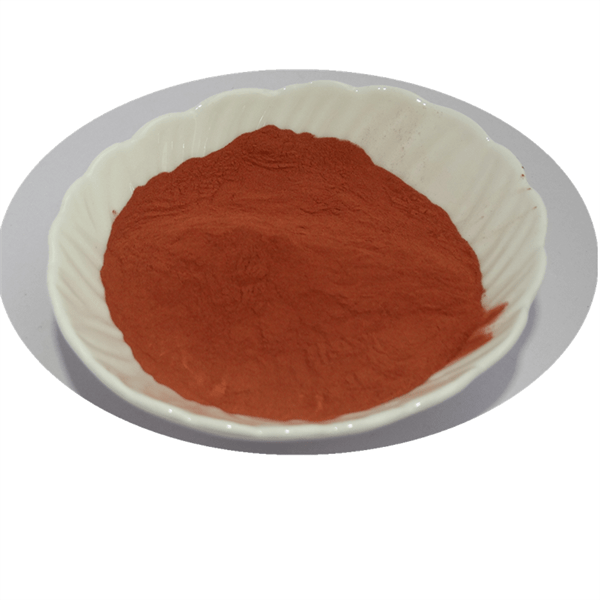
概要
チタンは金属元素の中で最も強度対重量比が高いが、従来の鋳造や機械加工技術では抽出や加工が難しいことで知られてきた。最近の粉末冶金の進歩は、耐食性と生体適合性を兼ね備えた軽量で高強度の印刷部品を提供するチタンの可能性を変えました。医療、航空宇宙、自動車用途の化学コンプライアンスを調整することで、技術的にも経済的にも以前は不可能であった革新的な形状が可能になりました。しかし、微細なチタン粉末の発火反応性のリスクを扱うことは、採用を検討する際に細心の注意を払う必要がある専門的な障壁のままです。専門の材料パートナーと密接に協力することで、操業上のリスクを軽減しながらチタンの潜在能力を最大限に活用することができます。
シェアする
MET3DP Technology Co., LTDは、中国青島に本社を置く積層造形ソリューションのリーディングプロバイダーです。弊社は3Dプリンティング装置と工業用途の高性能金属粉末を専門としています。
関連記事
Met3DPについて
最新情報
製品

3Dプリンティングと積層造形用金属粉末






